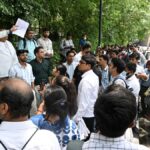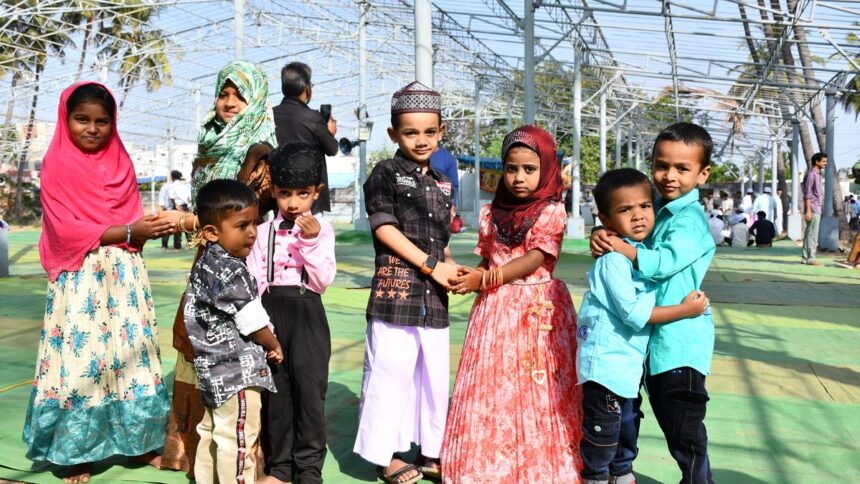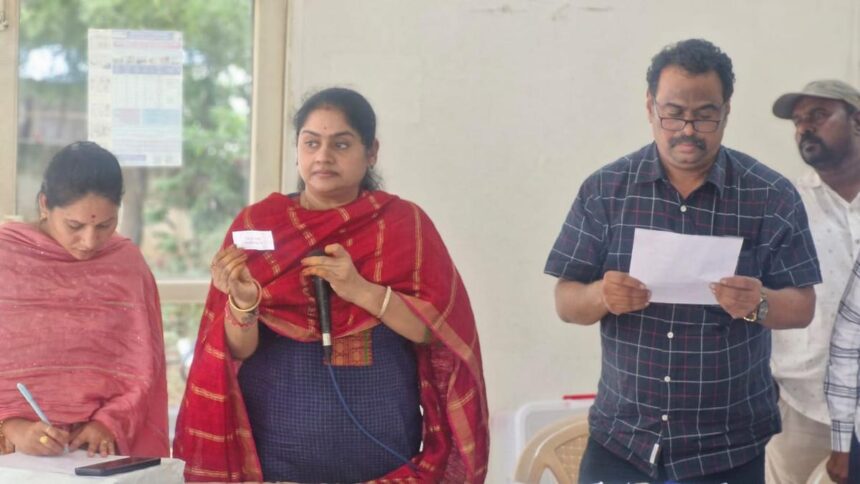
Residents and experts feel a people-centric approach can be an alternative to the waste-to-energy plant, proposed by the Greater Chennai Corporation, at Kodungaiyur.
| Photo Credit: FILE PHOTO
‘Green Chennai Initiative’, if implemented well, can help to reduce nearly one-third of the wet waste sent from homes, markets, and commercial hubs across the city to the landfills, according to the Federation of North Chennai Residents’ Welfare Association. A people-centric approach can be an alternative to the waste-to-energy plant, proposed by the Greater Chennai Corporation, at Kodungaiyur, residents and experts say.
The waste-to-energy project has faced backlash since last year.
Notably, a similar proposal, considered by the civic body in 2008, was scrapped as the Corporation was unable to secure the environmental clearance. There was opposition from environmentalists, sources say.
According to T.K. Shanmugam of the Federation, ‘Green Chennai Initiative’, put forth by the association along with experts, calls for strict source segregation, bio-methanation, decentralised composting, involving ‘green ambassadors’ chosen from among members of the public, and controlling the use of single-use plastic. It will be an alternative to the plant proposed at Kodungaiyur. He says the plan is yet to be formally presented to Mayor R. Priya.
He says some residents are willing to segregate waste, but most household trash is collected in a mixed form. Conservancy workers then dump dry and wet waste together in the collection vehicle. This is a hurdle to proper waste management in North Chennai.
Mr. Shanmugam argues that if source segregation is enforced at large homes with backyards, as well as in bulk waste generators such as malls, hotels and apartments, nearly one-third of the wet waste now reaching the dumps at Kodungaiyur and Perungudi can instead be processed at micro-composting centres.
“The use of single-use plastics continues in areas like Anderson Street at Broadway, despite the ban imposed by the State government. The manufacturers must be traced and their units closed. Shops must be continuously searched for such items. Furthermore, people can separate plastic of appropriate microns at the source, and this can be recycled at the Corporation’s material recovery facilities. These measures will help to reduce the need for incineration,” he adds.
“The Hyderabad facility produces 600 tonnes of ash. The proposed plant at Kodungaiyur, with a capacity to process 2,100 tonnes of waste, could generate 500 tonnes of ash. Typically, the ash would be dumped in a cement-lined landfill. Even then, harmful leachate and toxins could leak with the course of time, contaminating the soil and possibly the groundwater,” he says.
Mohan of the Foundation for Friendly Environment and Medical Awareness says that locating such a project in a socially and economically marginalised area undermines the principles of social justice. The Alliance for Incinerator-Free Chennai has called for immediate cessation of waste dumping near Sathangadu Lake.
“The government is trying to make it out that incineration is the only solution to Chennai’s waste crisis. It is untrue. Residents in cities like Pune are managing their waste in their backyards. Even bulk waste generators are adopting decentralised waste management because it is easy and effective, and costs less. It is high time for us to switch to a zero-waste city model,” says D.K. Chythenyen of the Centre for Financial Accountability.
Swachh rankings
At the July 30 meeting of the Corporation Council, CPI councillor M. Renuka (Ward 42) voiced concern over the risk of pollution from the waste-to-energy plant and the drop in the city’s position in the Swachh Bharat ranking. Commissioner J. Kumaragurubaran said there had been a request to improve the ranking of the city and scrap the proposed waste-to-energy plant. He maintained that only initiatives like waste-to-energy could help to manage the city’s waste more effectively.


Published – August 09, 2025 12:55 am IST



















